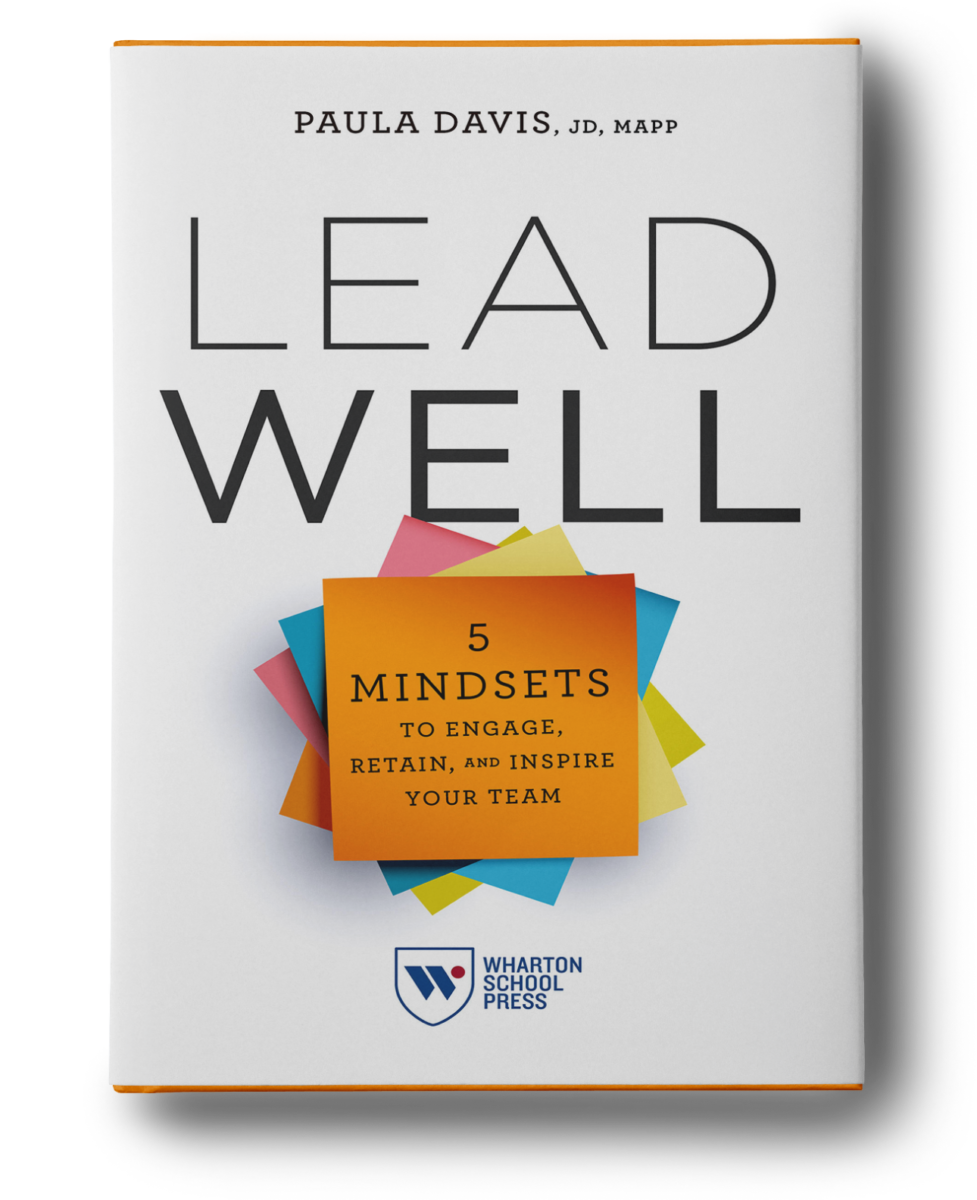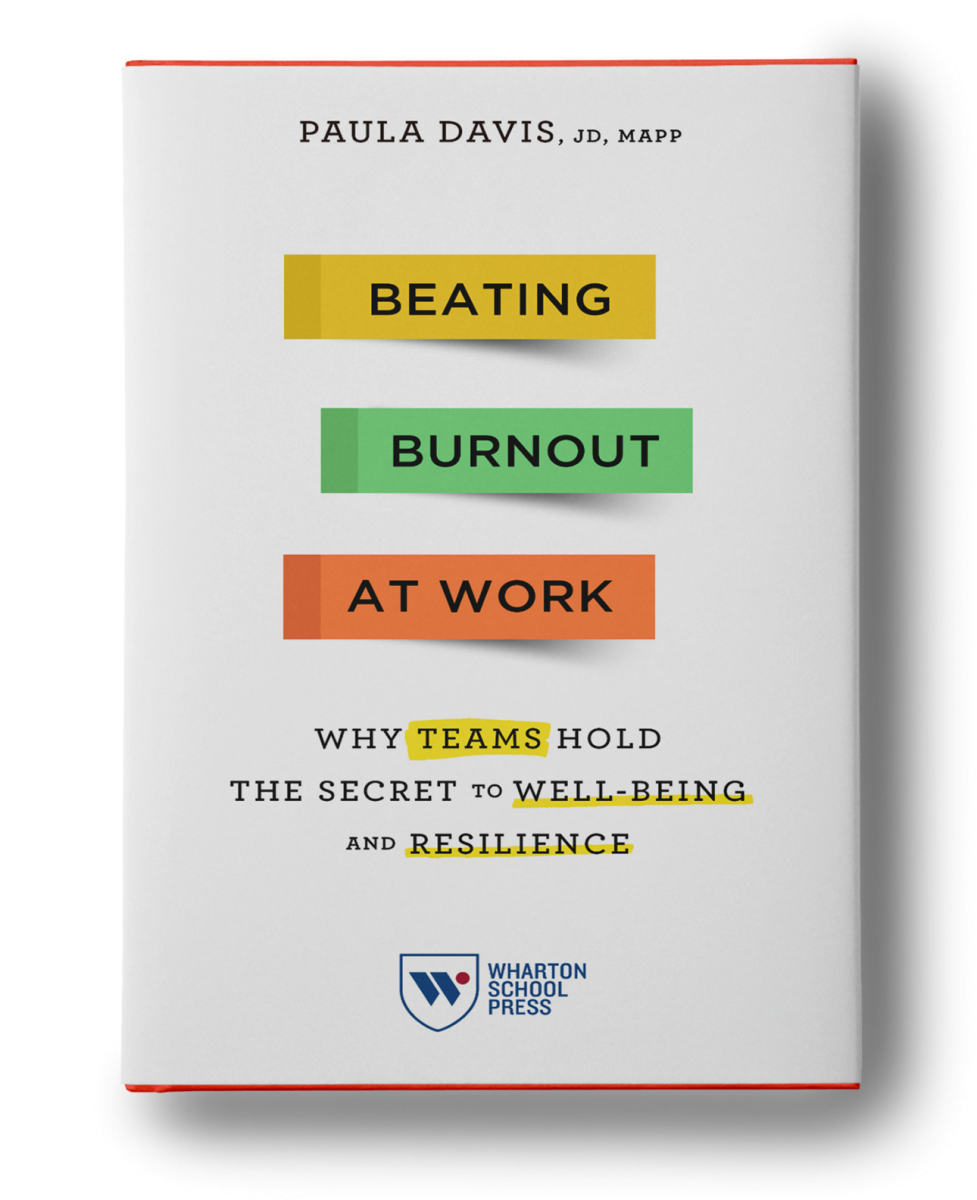They aren’t engaged. Burnout researchers define engagement as a positive, fulfilling, work-related state of mind that is characterized by vigor (high levels of energy and mental resilience), dedication (being strongly involved and challenged by your work), and absorption (when you’re working, you’re in the zone and time passes quickly) (Bakker, Demerouti, & Sanz-Vergel, 2014). Engaged employees perform better on a daily basis, and the higher a person’s level of engagement, the higher their objective financial returns (Bakker, 2011). The problem is that many employees are disengaged – approximately 70% according to the latest Gallup research. Actively disengaged employees erode both the bottom line and workplace morale. Leaders can help their followers increase engagement by allowing them to use their strengths regularly, job craft, and get connected to their end user (see below). They aren’t connected to their end user. People work so hard, yet so often they never get to meet the people directly impacted by their work. Companies need to place more emphasis on “end user” connection because the research in this area is nothing short of amazing. Here are some examples: ** Dr. Adam Grant and colleagues worked with call center employees at the University of Michigan. They had the fun task of cold calling alums to ask for money. One of the groups in his study actually got to meet a scholarship recipient and talk to him first hand. The scholarship recipient talked about how much the scholarship had changed his life, and he thanked the folks in the call center for their hard work. Once the call center workers realized how their work had an impact, they became motivated to work harder; in fact, their weekly revenue increased 400% (Grant et al., 2007)! ** When a patient’s photo was included in the file received by radiologists, they wrote 29% longer reports and made 46% more accurate diagnoses (Turner, Hadas-Halperin, & Raveh, 2008) ** When nurses assembling surgical kits met the health-care practitioners who would use their kits, the nurses worked 64% more minutes and made 15% fewer errors than those nurses who did not meet the “end user” (Belle, 2013). They don’t trust their leaders. According to my colleague Gretchen Pisano, trust is built and maintained with these four traits: (1) common ground (we have similar values and objectives); (2) predictability (I can predict your behavior); (3) consideration (you will take my needs into consideration before you act); and (4) forewarning (you will tell me before you act in a way that is not in my interests). They have no autonomy. Autonomy is a fundamental basic human need, and it’s one of the pillars of self-determination theory. Workers who have control over their projects, their time, and decisions tend to be powerfully motivated and engaged. A heavy diet of autonomy has also been shown to be a buffer against job burnout (Bakker, Demerouti, & Sanz-Vergel, 2014). They don’t get any or enough feedback. The mantra at one law firm I worked at was, “No news is good news.” I only got feedback if I had done something wrong or it was time for my annual review. Feedback is actually an important Job Resource – an aspect of your job that helps you achieve your goals and stimulates growth and learning, and getting it in high enough doses can help prevent burnout (Bakker, Demerouti, & Euwema, 2005). There are many tools and strategies leaders can use to build engagement at work and create a sustainable environment. People will think twice about leaving a workplace that is thriving. Paula Davis, JD, MAPP is a burnout prevention and resilience expert who helps companies and busy professionals prevent burnout and build resilience. For lots of strategies and tips to prevent burnout and find more engagement at home and at work, click here for a free copy of her e-book, Addicted to Busy: Your Blueprint for Burnout Prevention. Her website is www.pauladavislaack.com. References Bakker, A.B. (2011). An evidence-based model of work engagement. Current Directions in Psychological Science, 20, 265-269. Bakker, A.B., Demerouti, E., & Euwema, M.C. (2005). Job resources buffer the impact of job demands on burnout. Journal of Occupational Health Psychology, 10(2), 170-180. Bakker, A.B., Demerouti, E., & Sanz-Vergel, A.I. (2014). Burnout and work engagement: The JD-R approach. Annual Review of Organizational Psychology – Organizational Behavior, 1, 389-411. Belle, N. (2013). Experimental evidence on relationship between public service motivation and job performance. Public Administration Review, 73(1), 143-153. See also, How to Be a Positive Leader, Jane E. Dutton and Gretchen M. Spreitzer (Eds). San Francisco, CA: Berrett-Koehler Publishers, Inc. Grant, A.M., et al. (2007). Impact and the art of motivation maintenance: The effects of contact with beneficiaries on persistence behavior. Organizational Behavior and Human Decision Processes, 103(1), 53-67. See also, How to Be a Positive Leader, Jane E. Dutton and Gretchen M. Spreitzer (Eds). San Francisco, CA: Berrett-Koehler Publishers, Inc. Turner, Y.N., Hadas-Halperin, I., & Raveh, D. (2008). Patient Photos Spur Radiologist Empathy and Eye for Detail. Paper presented at the annual meeting of the Radiological Society of North America, Chicago, IL. See also, How to Be a Positive Leader, Jane E. Dutton and Gretchen M. Spreitzer (Eds). San Francisco, CA: Berrett-Koehler Publishers, Inc. ]]>
Contact Us
How can we help? Let us know today!







